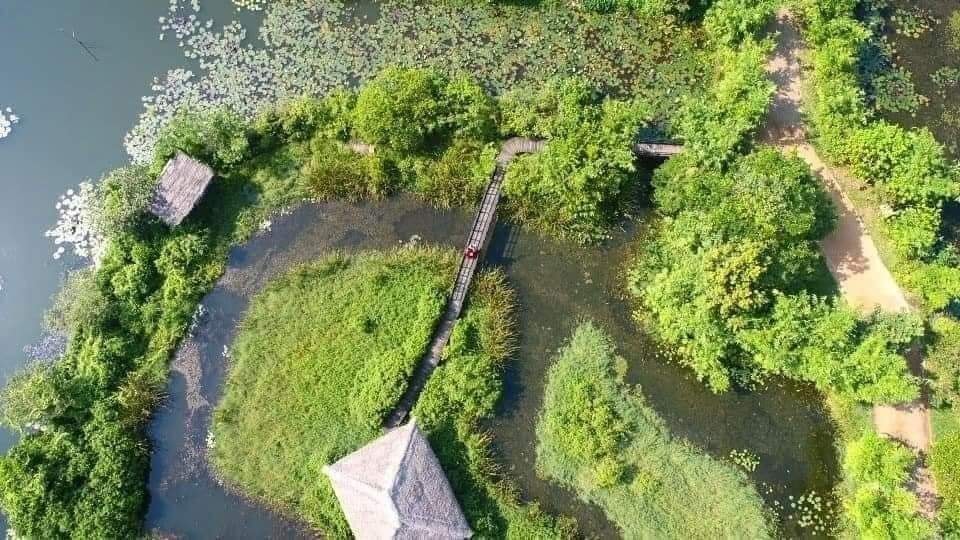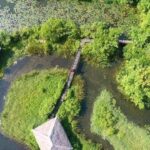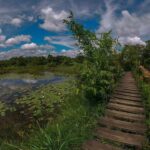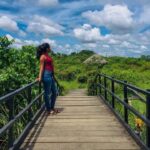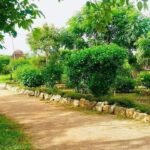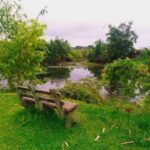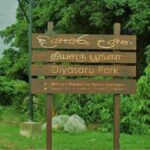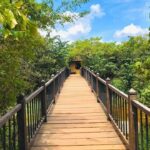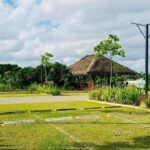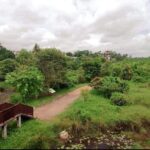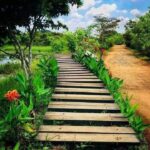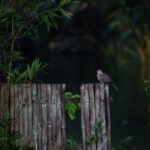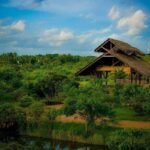Introduction
Nestled in the heart of Thalawathugoda, just a short drive from Colombo, Diyasaru Park is a serene ecological sanctuary that offers visitors a unique escape into nature. Spread across 60 acres, this wetland park is home to a rich diversity of flora and fauna, making it a must-visit for nature lovers, birdwatchers, and photography enthusiasts.
Whether you’re looking for a peaceful stroll, an educational experience, or a wildlife adventure, Diyasaru Park provides an unforgettable experience amid lush greenery and tranquil water bodies.
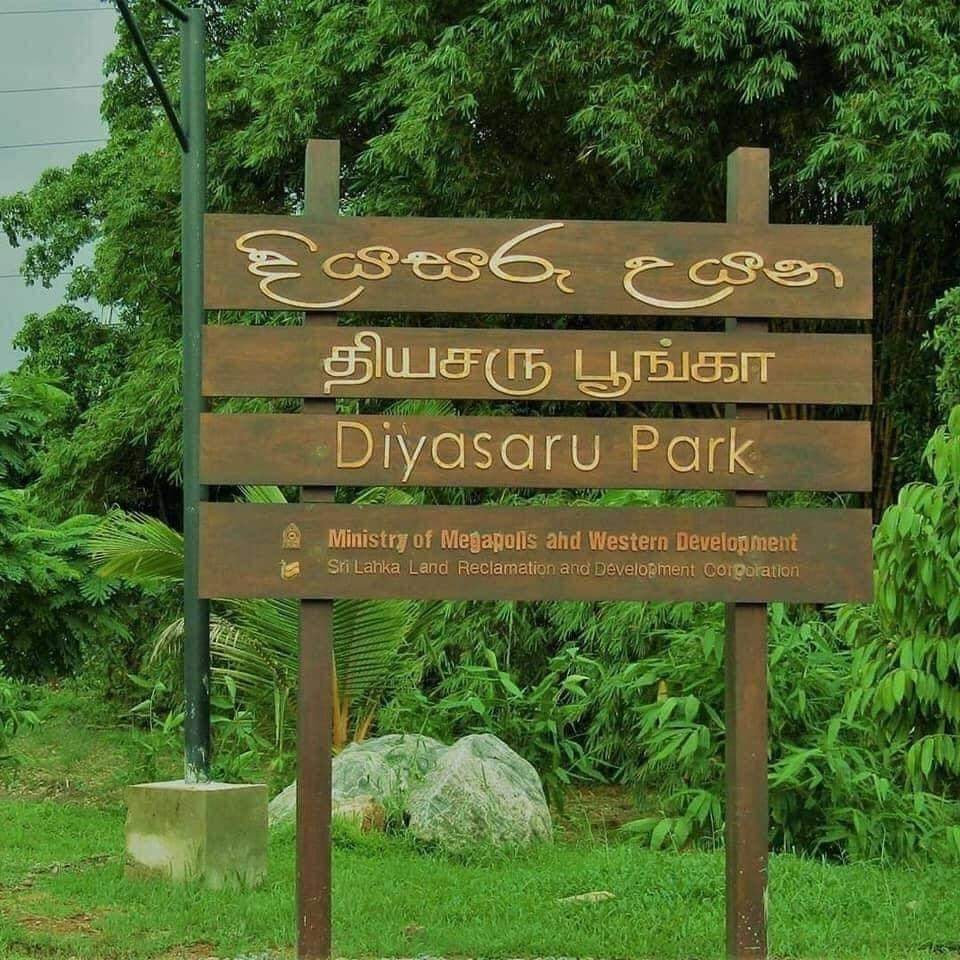
From toilets to an ecological laboratory Diyasaru Park provides every modern facility. Complete with a study center, bird watching tower, bird hide, resting hut, organic agricultural area and boat jetty, the Park is home to more than 28 species of dragonflies, 28 species of reptiles, seven species of mammals, including the fishing cat and otter, and more than 80 species of birds, with a dedicated zone for butterfly species numbering in the 40s.
Originally this park was a paddy land. During the late 1970’s the parliament lake was created and this land was used to deposit dredge material and cultivation ceased. At present it serves as a flood detention area, absorbing flood water during heavy storms and contributes to protecting the parliament area from being inundated.
The Ecological Significance of Diyasaru Park
Diyasaru Park serves as a biodiversity hotspot and plays a crucial role in wetland conservation. It was developed to protect the natural wetland ecosystem while providing an educational and recreational space for the public.
The park supports a variety of ecosystems, including freshwater lakes, marshlands, and grasslands, making it an important habitat for both aquatic and terrestrial species. It also acts as a natural flood buffer for Colombo, helping to regulate water levels during heavy rains.
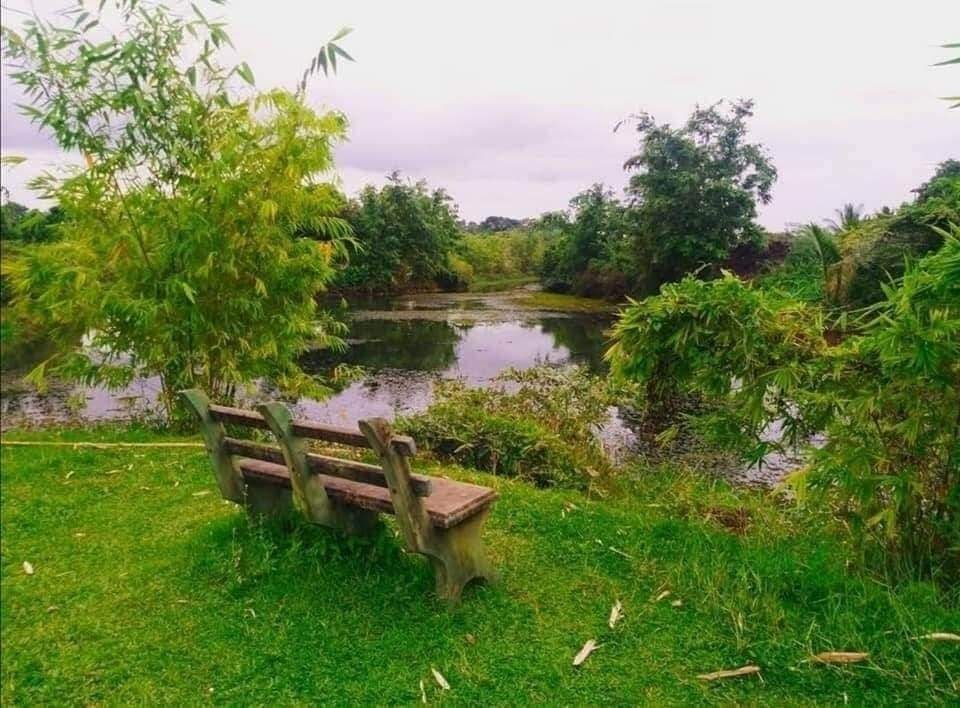
Things to Do at Diyasaru Park
1. Wildlife Watching & Bird Photography
Diyasaru Park is a paradise for birdwatchers and wildlife photographers. The park is home to over 50 species of birds, including both migratory and resident species. Some notable birds you might spot include:
- Purple Heron
- White-throated Kingfisher
- Black-crowned Night Heron
- Indian Paradise Flycatcher
Apart from birds, visitors can also spot mugger crocodiles, water monitors, butterflies, and rare fishing cats in their natural habitat.
2. Walking Trails & Observation Decks
The park features well-maintained walking trails and boardwalks that allow visitors to explore different habitats. Several observation decks and benches along the trails provide perfect spots to relax and admire nature.
3. Canoeing and Kayaking
For adventure seekers, Diyasaru Park offers canoeing and kayaking experiences in the calm waters of the wetland. This activity provides a unique perspective of the park and an opportunity to get closer to aquatic wildlife.
4. Educational Tours & Research Opportunities
The park is also an outdoor learning hub, frequently visited by school groups, university students, and researchers studying wetland ecosystems. Informative signboards placed throughout the park provide insights into the flora, fauna, and ecological significance of the wetlands.
5. Join a Guided Tour at Diyasaru Park
If you’re interested in learning more about the park’s ecosystem, join a guided tour. Knowledgeable guides will share fascinating facts about the plants, animals, and conservation efforts at Diyasaru Park.
6. Enjoy a Picnic at Diyasaru Park
Pack a picnic and relax at one of the park’s designated picnic areas. The peaceful surroundings make it a great spot for a family outing or a romantic getaway.
7. Participate in Eco-Activities
Diyasaru Park often hosts eco-friendly events and workshops, such as tree planting and clean-up campaigns.
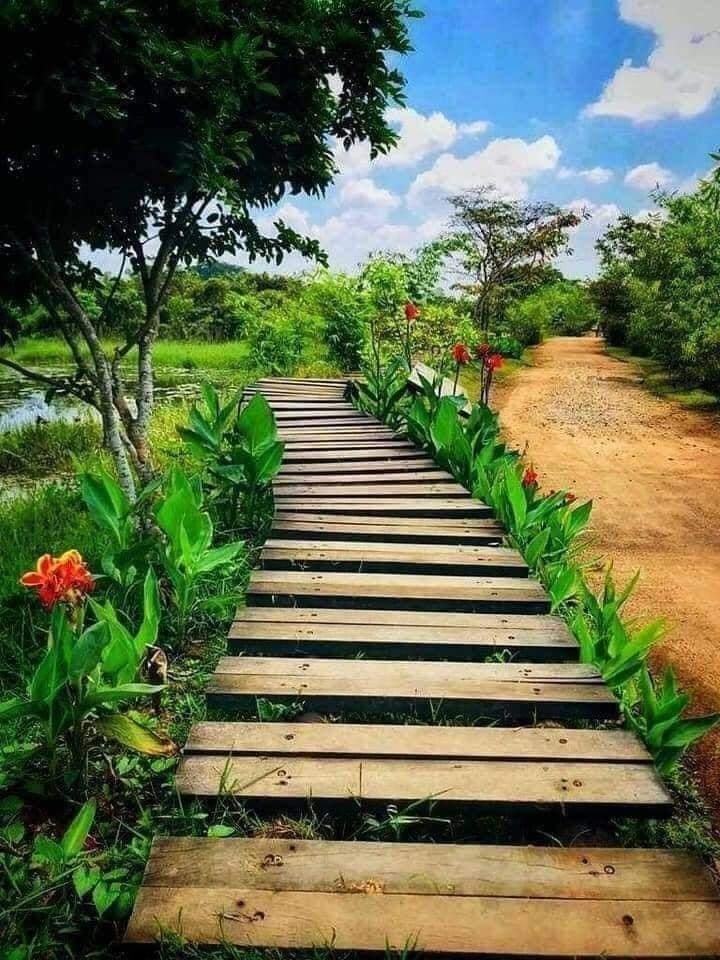
Best Time to Visit Diyasaru Park throughout the Year
The best time to visit Diyasaru Park is early morning (6:00 AM – 9:00 AM) or late afternoon (4:00 PM – 5:30 PM). During these hours, temperatures are cooler, and wildlife activity is at its peak.
For birdwatchers, the migratory season (September to April) is the ideal time to visit, as many exotic bird species can be spotted.
Tips for Visitors
- Wear comfortable clothing and walking shoes as you’ll be exploring nature trails.
- Bring binoculars and a camera for the best wildlife and bird watching experience.
- Bring enough drinking water.
- Avoid littering and respect the natural habitat.
- Use eco-friendly sunscreen and mosquito repellent to protect yourself.
- Park Hours: The park is open from 6:00 AM to 6:00 PM, so plan your visit accordingly.
Nearby Attractions
- Thalangama Wetlands: Another beautiful wetland area perfect for birdwatching and cycling.
- Beddagana Wetland Park: A smaller wetland park with walking trails and scenic views.
- Mount Lavinia Beach: A popular beach destination just a short drive from Thalawathugoda.
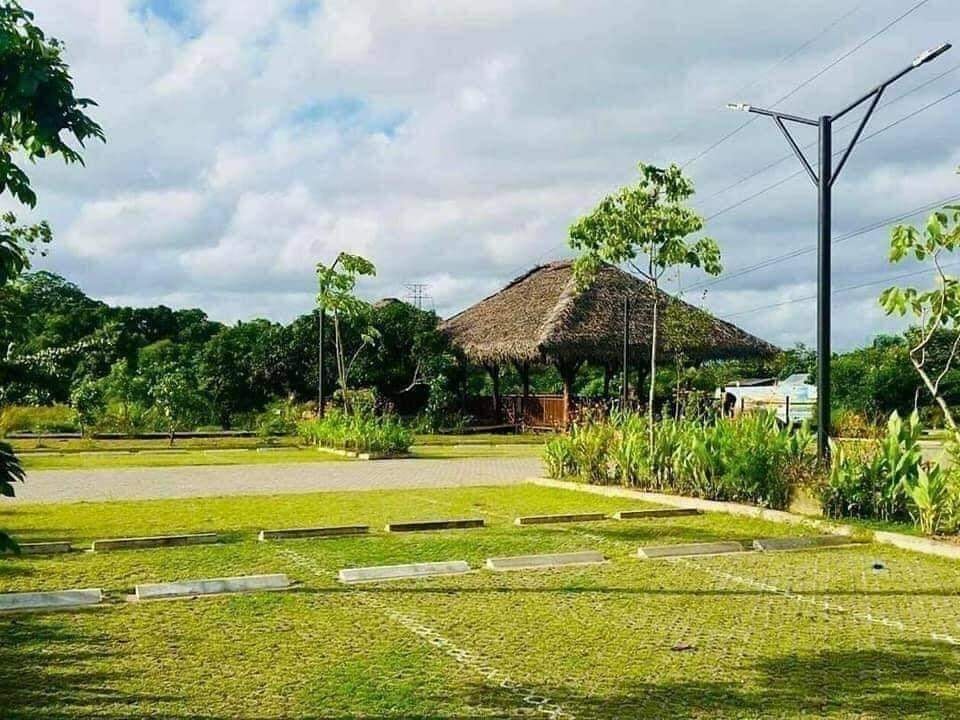
Diyasaru Park Ticket Price
Adults: Rs.100 per person
Children: Rs.50 per child
LKR 500 for foreigners (prices may vary)
Diyasaru Park Open Hours
Everyday 6:00 AM – 5:00 PM
Diyasaru Park Location
Japan Sri Lanka Friendship Road, Thalawathugoda, Sri Lanka
Diyasaru Park Contact Numbers
Phone – +94 112073550
Reservations – +94 712398389
Email – diyasarupark@gmail.com
Diyasaru Park Bus Route
From Kollupitiya Bus Stand
Get the 177 Kollupitiya – Kaduwela Bus from Kollupitiya and get off from Battaramulla.
Then take the 174 Borella – Kottawa Bus and get off from Thalawathugoda.
From Thalawathogoda take a tuk-tuk, around 1.5 KMs from Thalawathugoda Town
From Kaduwela Bus Stand
Get the 177 Kollupitiya – Kaduwela Bus from Kaduwela and get off from Battaramulla.
Then take the 174 Borella – Kottawa Bus and get off from Thalawathugoda.
From Thalawathogoda take a tuk-tuk, around 1.5 KMs from Thalawathugoda Town
From Borella Bus Stand
Get 174 Borella – Kottawa Bus from Borella and get off from Thalawathugoda.
From Thalawathogoda take a tuk-tuk, around 1.5 KMs from Thalawathugoda Town
From Kottawa Bus Stand
Get 174 Borella – Kottawa Bus from Kottawa and get off from Thalawathugoda.
From Thalawathogoda take a tuk-tuk, around 1.5 KMs from Thalawathugoda Town
From Nugegoda Bus Stand
Get 689 Hokandara – Nugegoda Bus from Nugegoda Bus Stand (near by Nugegoda Super Market) and get off from Kimbuawala Junction.
From Kimbuawala Junction just walk around 400 M along the Japan Sri Lanka Friendship Road
Diyasru Park Photo Gallery
Diyasaru Park Location Map
Conclusion
Diyasaru Park is more than just a park; it’s a testament to the beauty and importance of wetland ecosystems. Its commitment to sustainability, coupled with its natural charm, makes it a standout destination in Sri Lanka. Whether you’re a nature enthusiast, a photography buff, or simply someone looking for a peaceful retreat, Diyasaru Park has something to offer.
So, the next time you’re in Colombo or Thalawathugoda, make sure to add Diyasaru Park to your itinerary. It’s a place where you can reconnect with nature, learn about the environment, and create lasting memories.

